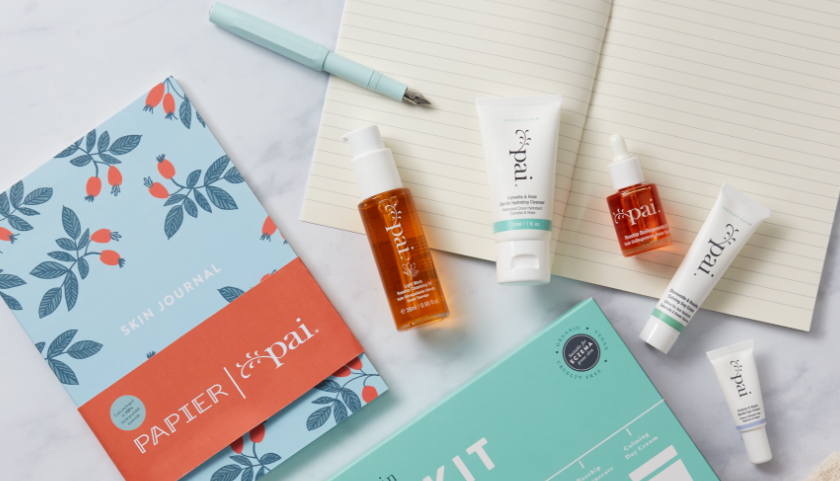We understand if you have sensitive skin, it can be difficult to work out exactly what is happening to your skin and why. Enter, Skin Diary.
The key to understanding sensitive skin is learning the effects that everyday situations, activities and mindsets can have. It’s often a case of identifying these triggers, understanding them, and taking steps to avoid or address them.
Keeping a skin diary is a great way of really getting to know your skin. But what exactly does it involve and what should you include? Here’s our guide on why and how to keep a skin diary or journal.
Keeping track of your skin
Jotting down how certain things affect your skin can be so useful. By keeping a skin diary, you’ll be able to see what impact both external factors and internal factors have on your skin. External influences include stress and the environment, while internal factors include your diet and hormones.
By identifying these factors, you’ll be able to build a clearer picture of your skin and spot any patterns. As a result, you’ll get to know and better understand the triggers for those seemingly random breakouts and reactions. You’ll then be in a position to know what to do or avoid in the future.
How long to keep a skin diary for?
Try to keep a skin diary for at least 28 days. Ideally, we’d recommend a period of three months, as this will give you a really good overview. The longer you keep a skin care diary for, the more likely you are to spot patterns.
Despite your efforts, you may find at the end of this period a clear picture hasn’t emerged. Or, perhaps you’d like some help putting the next steps into action. If so, we recommend booking a free skin consultation with one of our Sensitive Skin Coaches. You can book your 30 minute phone consultation online right here.
What to include in a skin diary
We’ve listed some questions you may want to ask yourself each day, to help you fill out your skin care diary. Your daily entries shouldn’t take long to fill in, so it doesn’t become a chore.

Sleep
- What time did you go to bed?
- What time did you wake up?
- How well did you sleep?
- How many hours did you sleep?
Skincare
- What did you do/use for your morning skincare routine?
- What did you do/use for your evening skincare routine?
- Did you use anything else throughout the day?
- What did your skin look like when you woke up?
- What did your skin look like when you went to bed?
Diet
- What did you eat for your meals?
- Did you eat any snacks?
- How much water did you drink?
- How much caffeine did you drink?
Mood and activity
- Did you exercise?
- What was your mood like?
- How were your stress levels?
- Where are you in your menstrual cycle?
Environment
- What was your environment like?
- Were you in the sun? If so, for how long?
- Were you in the wind? If so, for how long?
- Did you have the heating on?
- Did you have the air conditioning on?
Clothing
- What did you wear?
- What fabrics are they made from?
After three months, take some time to look through your skin diary entries and see what it reveals. You’ll probably be surprised how much these factors and products are affecting your skin.
While a skin diary may not treat your skin condition, it may just shine a light on what throws your skin off balance. And if nothing else, it’s a good reminder of what products your skin likes and doesn’t like.



